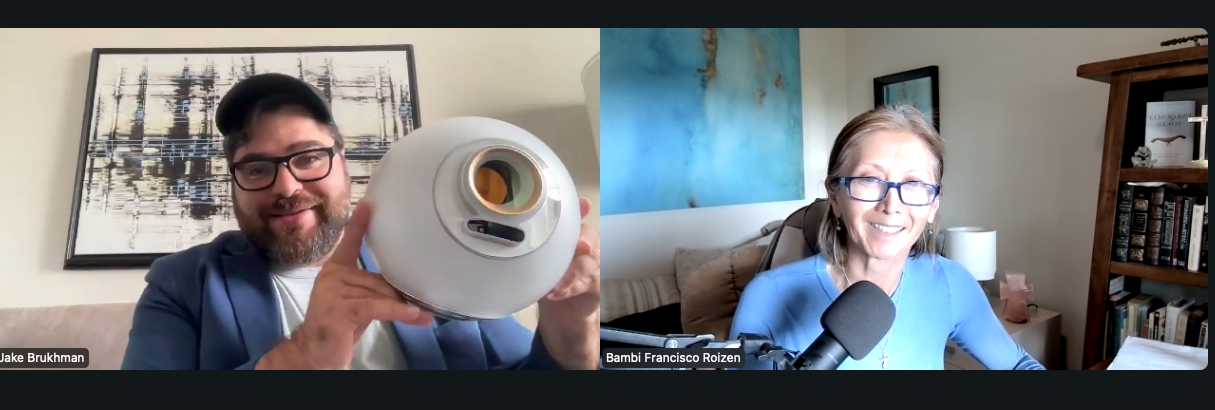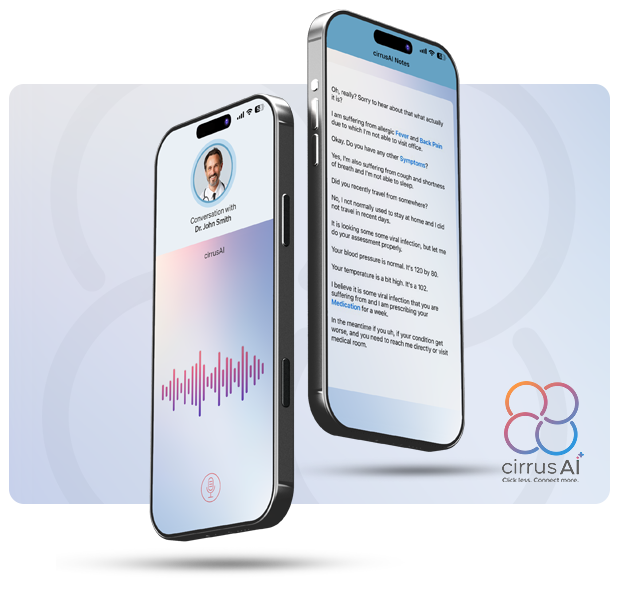Sam Altman’s eyeball-scanning verification platform called World debuted in the US. Altman is known as the founder of OpenAI, the creator of ChatGPT. What does this new biometric tool mean for US consumers?
Joining us to talk about this announcement is Jake Brukhman, a Managing Partner, Founder & CEO of CoinFund, an investor in World (formerly Worldcoin).
Highlights from the call:
0:54 – The origins of World
“World was, in part, started by Sam Altman, who today is the CEO of OpenAI. I believe he conceived of the idea in 2019, and it was a very visionary moment where Sam was looking forward. He was saying, probably to himself, ‘we’re going to be in a world with a lot of artificial intelligence that’s going to be very capable, very, very smart, and people are going to start to have trouble disambiguating online who is an AI and who is a human.’ We’ve seen inklings of this before. We’ve seen elections that have been influenced by so-called bots and social media; in the gaming world the statistic is something like 40% of interactions are actually done by bots. There’s a number of contexts online where bots are causing a problem. So, Sam asked the question, ‘how do we disambiguate humans and AIs or bots or automatons online?’ And the answer that came out was, ‘look, we need proof of humanity. What does that mean? It means we need a way of verifying an identity, to say that this identity can be mapped to a real person.’ The way that World has done this is they’ve created a device.”
2:36 – Privacy in biometrics
“You look into the device, the device scans the person’s iris biometrics , and then it creates a digital identity based on those biometrics that’s unique and that identifies them as a unique human. The other really important characteristic of that, because biometrics , of course, present all kinds of questions and privacy concerns, is that this device goes to great lengths to preserve the privacy of those biometrics . It doesn’t store them, it uses some very sophisticated technology, like zero knowledge proofs, for example, to make sure that this identity is owned in a self sovereign way by the user. That is a core principle of Web3, upon which this project is built, and that’s how I became an investor in it. CoinFund is one of the earliest funds looking at blockchain technology and Web3 and this was just a remarkable piece of technology to solve a lot of the problems that we have in Web3, with respect to this.”
5:38 – The evolution of AI content
“Just two years ago, AI models were bad at generating images. You could always tell when an image was generated by some AI but, fast forward to now, we have Instagram influencers, video files, audio files, photographs that are almost indistinguishable from the photographs of real people. It now takes a very discerning eye and maybe even some technical analysis to be able to tell that this content is actually AI generated. Now we can still do it today, but if we fast forward another two years, I don’t think we’re going to be able to do it very well, or the average person is not going to be able to do it very well. So, we’re heading into a world where it’s extremely important to verify technologically which content was created by AI and which content was created by people or a normal camera, etc.”
7:39 – The device wouldn’t have been possible 10 years ago
“They had to invent a number of the technologies here. Like, for example, I remember Alex Blania telling me that they had to go to a German lens manufacturer and get exactly the right shape and size of the lens so they could scan the iris from afar. They had to have custom AI models there that processed the iris biometric information and turned it into a number, and they would have to do that consistently every time. This device also uses a lot of privacy technology, as I said, including zero knowledge proofs, which is a relatively new technology from Web3. So, this is a very state of the art and advanced device. And 10 years, for example, like we did not have even academic sophistication on things like zero knowledge proof. So, it would be much, much harder to build it 10 years ago than it is today.”
11:29 – The core principle of Web3 is that users own their own data
“Web3 is supposed to be the next generation of the internet, which is built on decentralization technology like blockchains, like cryptocurrency and so on. I would say that the core principle of Web3 is that users own their own data. When I go and scan my iris in this device, what actually happens is the device sends the biometric data to my phone where it is encrypted and then deletes it from the device. This is a core principle of Web3, where users own, in a self, sovereign way, their own data, and they have discretion of what to do; that is not true in Web2. In Web2, we use Google, we upload email and documents and so on, and then a large corporation takes that data and uses it to make money on advertising, as we all know. Web3 is moving past that model and going to a model where these more advanced technologies allow users to interact safely online.”
16:42 – Bringing digital asset payments to people’s phones
“At the very minimum, this is bringing digital asset payments to people’s phones. Like, sure, we have digital payments today, we have things like Venmo, PayPal, and so on, but all of those applications work with a bank on the back end with this heavy, legacy machinery. What World is doing is bringing USDC stablecoin payments to tens of millions of users. And now, when I send you $10 of USDC, that transaction isn’t going through a bank, it’s actually happening on the blockchain. So, it’s cheaper, it’s faster, it’s more transparent, it’s auditable and at CoinFund, we’ve been betting for 10 years that this is the future of payments.”
30:27 – Voting has been a huge issue in Web3
“Voting has been a huge issue in Web3, because in Web3 you actually see a lot of decentralized governance of blockchains, of financial protocols and things like that. But one of the issues is we can’t disambiguate one human per vote. The way that it works in most of these protocols today is that you vote with the number of tokens that you have so if you’re someone who has a lot of money, then you have a lot of voting power and if you don’t have as much money, then you don’t have as much voting power. And that’s not a system that is appropriate for all contexts of voting. We would much rather have a one person, one vote type of system. Well, WorldID enables exactly that system. Now it doesn’t matter how many tokens I have, it’ll just count the number of humans that are casting votes. And, by the way, World also works on a blockchain called Worldchain, and this is the only chain where you can count how many human users there are on this chain. We don’t actually know how many people use Bitcoin because all we can tell from the chain is how many addresses there are, but I can generate hundreds of thousands of addresses very cheaply, and I’ll just be one person. So, we don’t know how many actual people use Bitcoin. We can only estimate that, whereas we know exactly how many humans are on World Chain. And what’s even more interesting is that if we, if World Chain knows that you’re a human, it can waive your blockchain transaction fee and that’s really great, because it just creates a super usable experience for people.”
34:55 – Changing regulations
“Just with the change of the administration, the policy has changed. I don’t prefer a world where that is true, I would have preferred a world where technology was a bipartisan issue always. I actually even wrote an op-ed and fortune about how, generally, like the American legacy is one of innovation and technological supremacy, and our government has historically supported new technologies and entrepreneurs building tech. But that, unfortunately, has just not been as true over the last 10 or 15 years in the US and the dramatic change of the administration has caused a shift in the regulatory agencies that are relevant here, like the SEC, the CFTC, treasury, the banking regulators, the Fed. For better or worse, it’s a better environment for crypto assets.”















